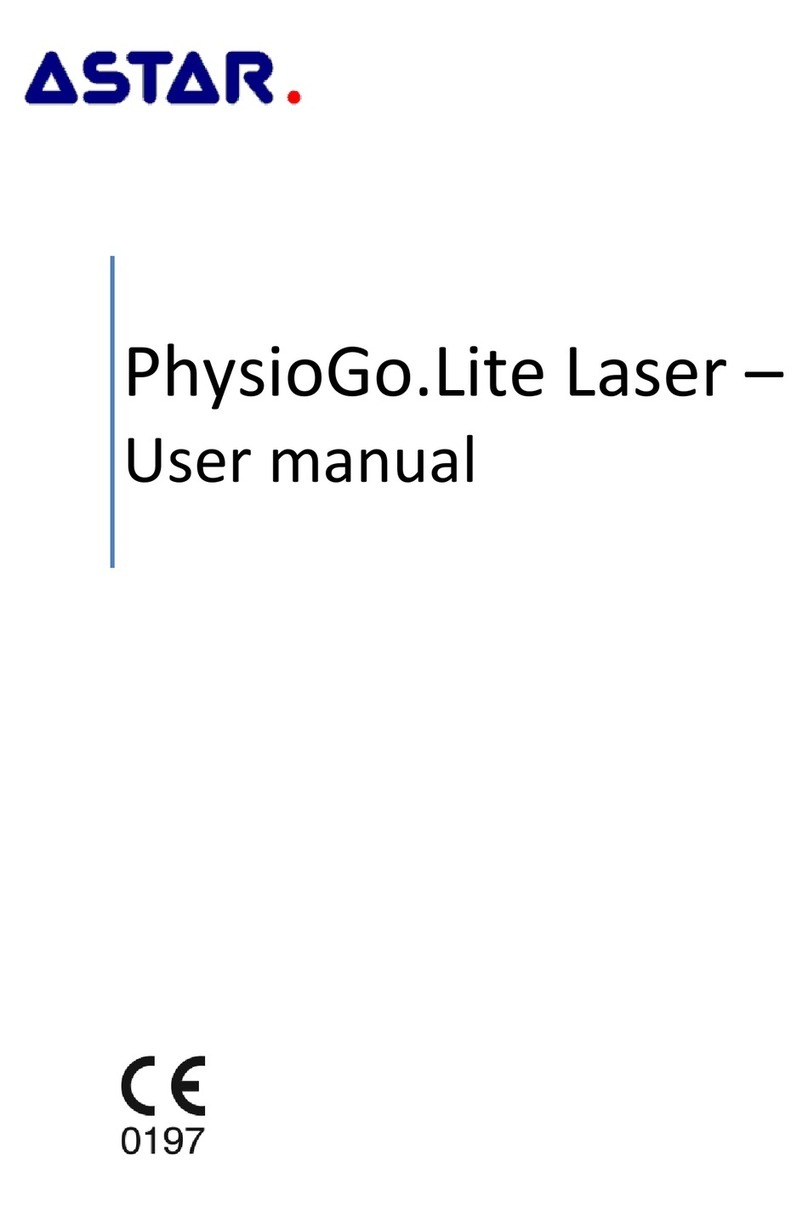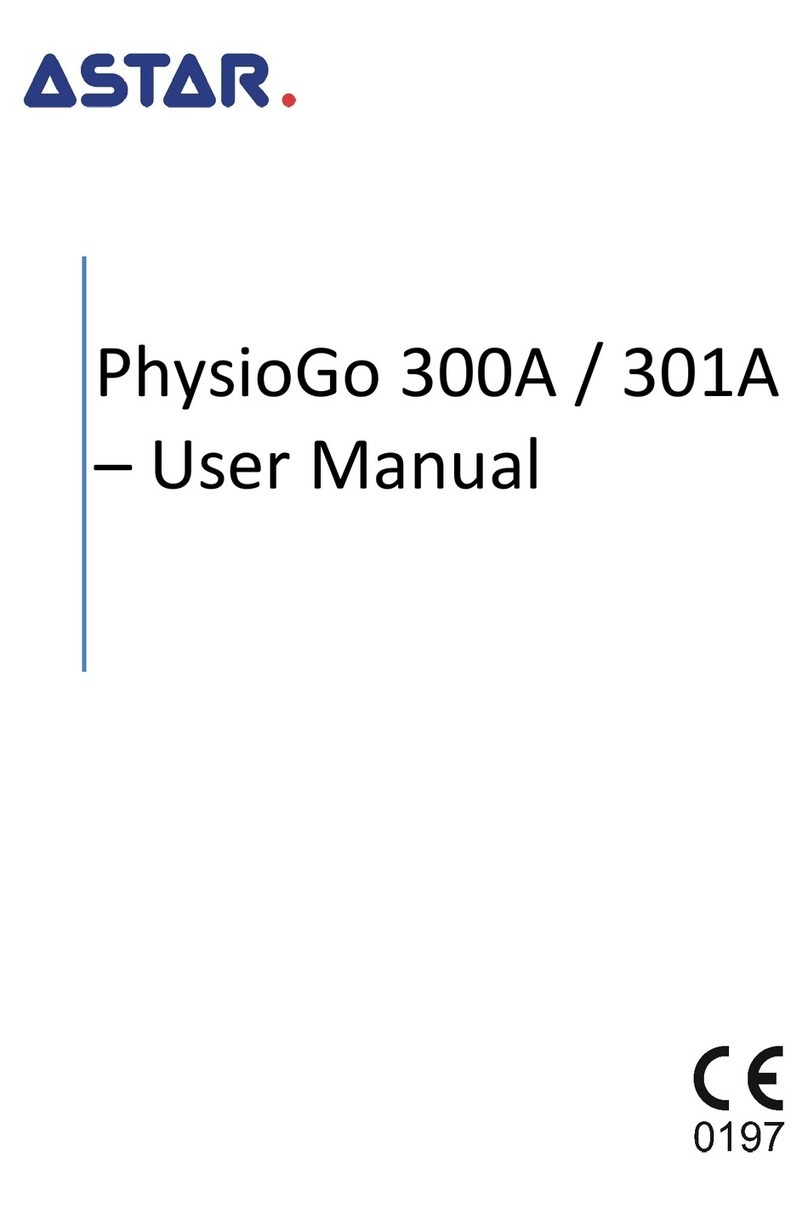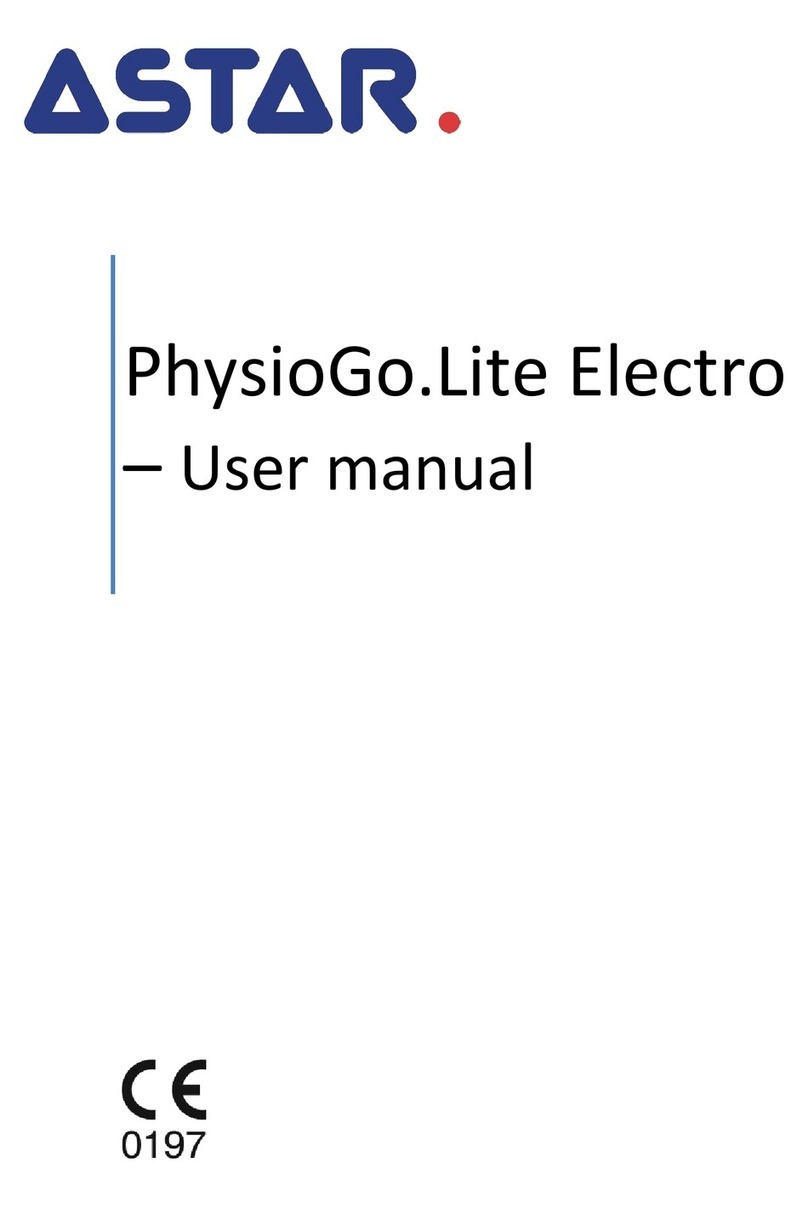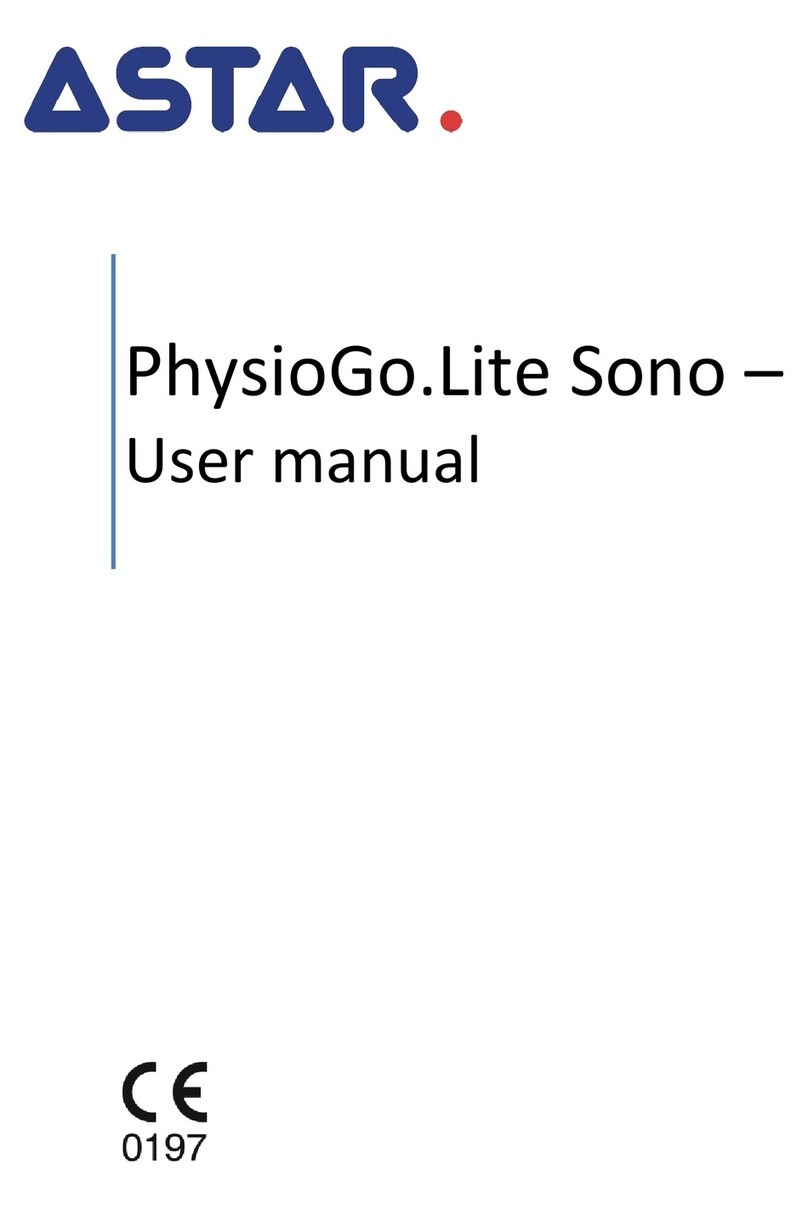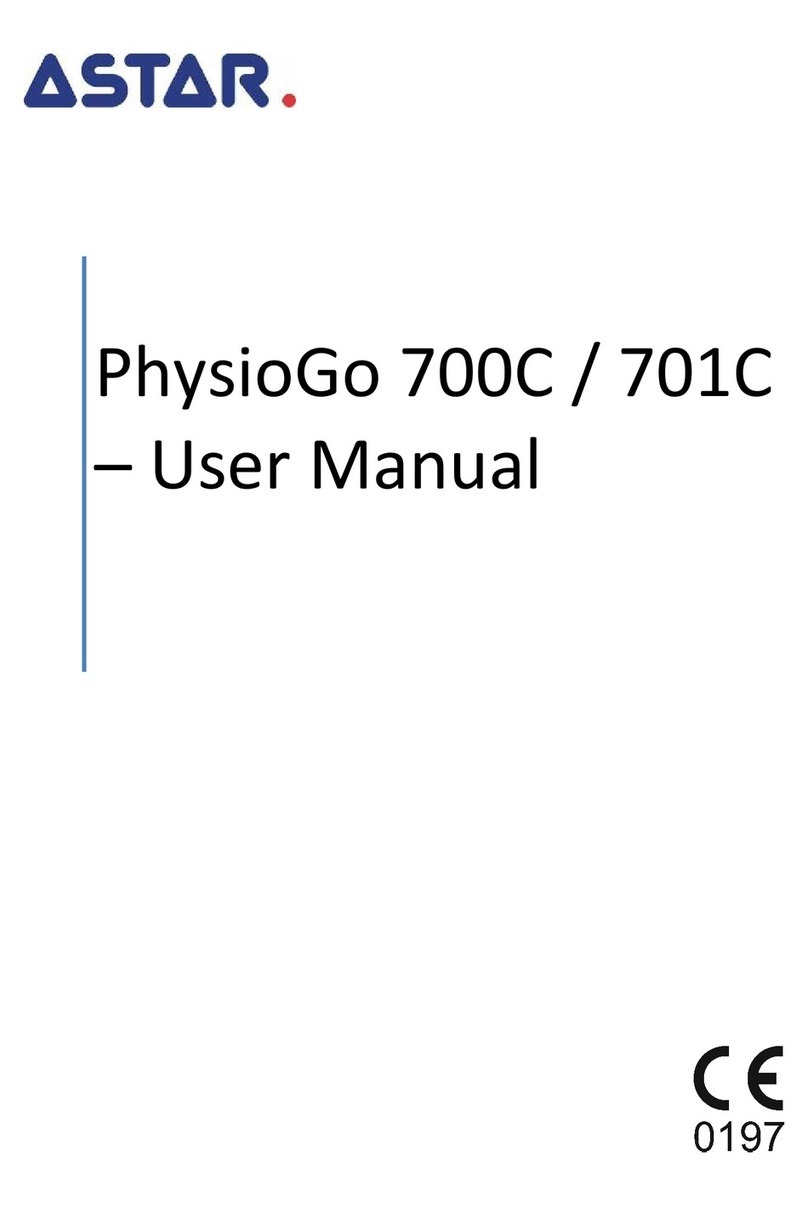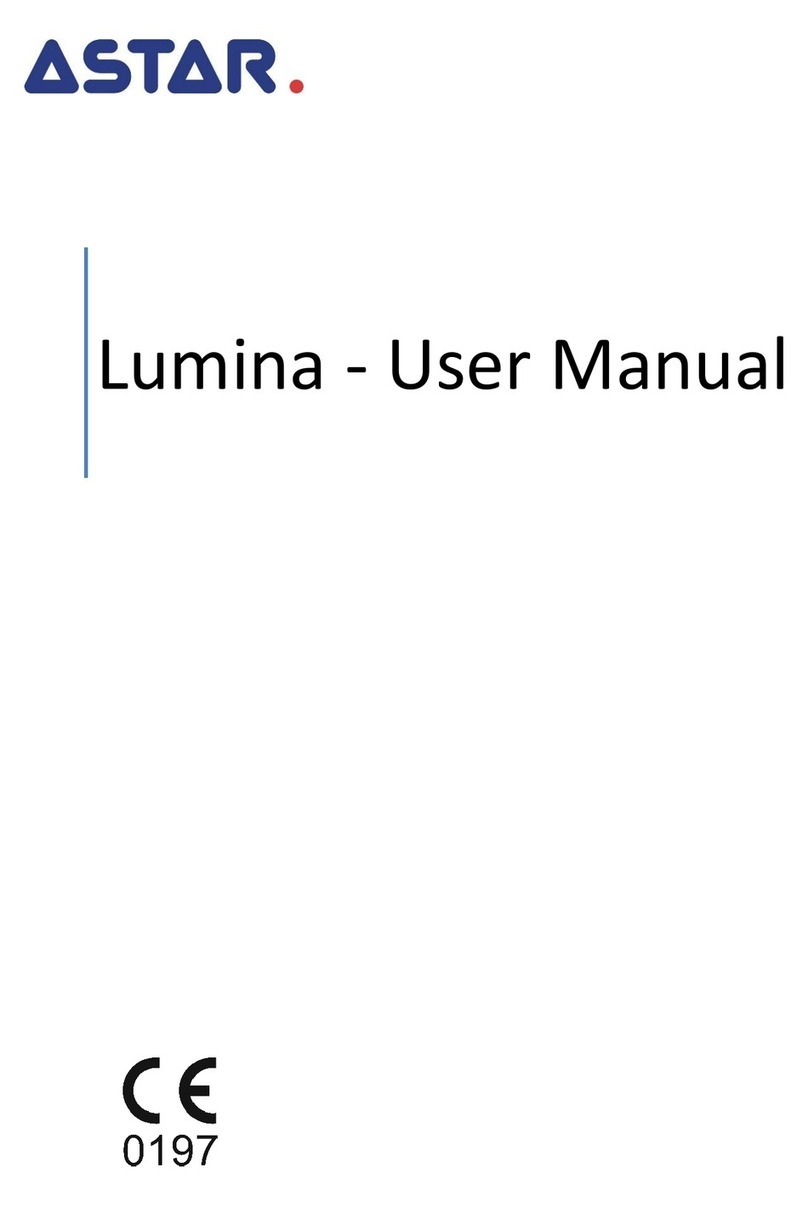1. Basic information
page 3 of 25 issue date 02.09.2019, release 10.0
Contents
1. INTRODUCTION .......................................................................................................................................................4
1.1 MANUFACTURER ............................................................................................................................................................. 4
2. INTENDED USE .........................................................................................................................................................5
3. DEVICE INSTALLATION AND START-UP ..................................................................................................................... 6
3.1 UNIT INSTALLATION .......................................................................................................................................................... 6
3.1.1 Mounting of accessory holders ........................................................................................................................ 6
3.1.2 Connection of accessories –General notices.................................................................................................... 6
3.1.3 Connection of laser applicator ......................................................................................................................... 6
3.1.4 Connection of DOOR remote connector ........................................................................................................... 8
3.1.5 First operation.................................................................................................................................................. 8
3.1.6 Laser therapy access code................................................................................................................................ 9
3.2 SETUP MODE................................................................................................................................................................... 9
3.2.1 Basic information ............................................................................................................................................. 9
3.2.2 Language ......................................................................................................................................................... 9
3.2.3 Global settings ................................................................................................................................................. 9
3.2.3.1 Date and time........................................................................................................................................ 9
3.2.3.2 Sounds ................................................................................................................................................. 10
3.2.3.3 Volume ................................................................................................................................................ 10
3.2.3.4 Display ................................................................................................................................................. 10
3.2.4 Functional settings ......................................................................................................................................... 10
3.2.4.1 Channel operation mode selection ..................................................................................................... 10
3.2.4.2 Program groups / medical fields.......................................................................................................... 10
3.2.4.3 Battery................................................................................................................................................. 11
3.2.5 Service............................................................................................................................................................ 11
3.2.5.1 Miscellaneous...................................................................................................................................... 11
3.2.5.2 Laser applicators output power test ................................................................................................... 11
3.2.6 Statistics......................................................................................................................................................... 12
3.2.6.1 Info ...................................................................................................................................................... 12
3.2.6.2 Unit statistics ....................................................................................................................................... 12
3.2.6.3 Accessories statistics ........................................................................................................................... 12
3.3TRANSPORT POSITION –THE STAND WITH SCANNING APPLICATOR .............................................................................................. 13
4. UNIT OPERATION................................................................................................................................................... 14
4.1 PATIENT PREPARATION AND TREATMENT PERFORMANCE ......................................................................................................... 14
4.1.1 Laser therapy ................................................................................................................................................. 14
4.2 SCREEN CONFIGURATION ................................................................................................................................................. 15
4.3 GENERAL CONFIGURATION ............................................................................................................................................... 16
4.3.1 Treatment channel configuration .................................................................................................................. 16
4.3.2 Channel selection tabs ................................................................................................................................... 17
4.4 DISPLAY DESCRIPTION ..................................................................................................................................................... 18
4.5 OPERATION WITH PRESET TREATMENT PROGRAMS ................................................................................................................. 18
4.5.1 Voll and Nogier programs .............................................................................................................................. 20
4.6 FAVORITE PROGRAMS ..................................................................................................................................................... 21
4.7 MANUAL MODE OPERATION ............................................................................................................................................. 22
4.8 USER PROGRAMS ........................................................................................................................................................... 22
5. INDICATIONS AND CONTRAINDICATIONS............................................................................................................... 24
5.1 INDICATIONS FOR LASER THERAPY....................................................................................................................................... 24
5.2 CONTRAINDICATIONS FOR LASER THERAPY ............................................................................................................................ 24
6. ACCESSORIES ......................................................................................................................................................... 25
6.1 STANDARD ACCESSORIES .................................................................................................................................................. 25
6.2 OPTIONAL ACCESSORIES................................................................................................................................................... 25
Table of figures
Figure 3.1. Laser therapy sockets ............................................................................................................................................... 7
Figure 3.2. Handwheels –scanner and arm of the stand ........................................................................................................... 7
Figure 3.3. Wheel with brake ..................................................................................................................................................... 8
Figure 3.4. DOOR remote connector socket............................................................................................................................... 8
Figure 3.5. Screen view –date and time edition ...................................................................................................................... 10
Figure 4.1. Field description ..................................................................................................................................................... 15
Figure 4.2. Location of channel selection tabs ......................................................................................................................... 17
Figure 4.3. Screenshot sample view for laser therapy.............................................................................................................. 18
Figure 4.4. Information screen sample view ............................................................................................................................ 19

